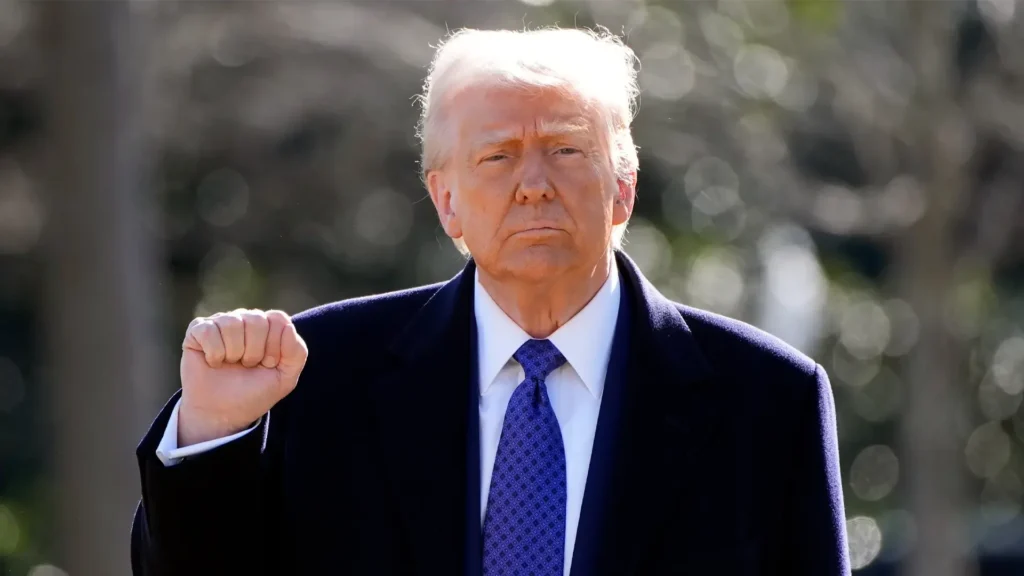President Donald Trump eased up on his rhetoric on both China and Federal Reserve Chair Jerome Powell, signalling a shift in strategy. Speaking from the Oval Office on Tuesday, Trump expressed optimism about trade talks and hoped for a deal with China.
While he acknowledged imposing high tariffs, he stated that those rates could significantly drop but would not be completely removed. The White House imposed tariffs up to 145% on Chinese goods to bring manufacturing jobs back to the United States.
Trump emphasized that he wanted Powell to be more active in interest rate cuts but added that he wouldn’t try to fire him. Previously, Trump called Powell a “major loser,” and rumors spread that he was exploring ways to remove the Fed chief.
Kevin Hassett, the director of the National Economic Council, confirmed that Trump had considered firing Powell, though the legal grounds remain unclear. Trump first nominated Powell to lead the Federal Reserve in 2017, and President Biden renewed his term in 2021.
Despite last year’s rate cuts, the Fed has kept interest rates steady in 2025, drawing criticism from Trump and investors. Markets reacted strongly to Trump’s earlier comment, but Tuesday’s softer tone led to gains in global stock markets.
The S&P 500 jumped 2.5%, and the Nasdaq rose 2.7%, with Asian markets following with notable gains on Wednesday. Hong Kong’s Hang Seng rose 2.2%, Japan’s Nikkei added 1.9%, and China’s Shanghai Composite remained nearly flat.
Meanwhile, Treasury Secretary Scott Bessent predicted a trade war de-escalation, saying the current economic tension is not a joke. Trump’s latest comments reflected growing concern over inflation from tariffs and pressure on the Federal Reserve.
The IMF downgraded US growth projections, citing rising tariffs and economic uncertainty as key factors. Beijing retaliated with tariffs up to 125% and vowed to continue countering US economic aggression.
The Global Times reported that Trump’s new tone showed awareness that tariffs may hurt the US economy more than China. Now that Trump’s stance has shifted, this move hints at rethinking key parts of his economic strategy.









